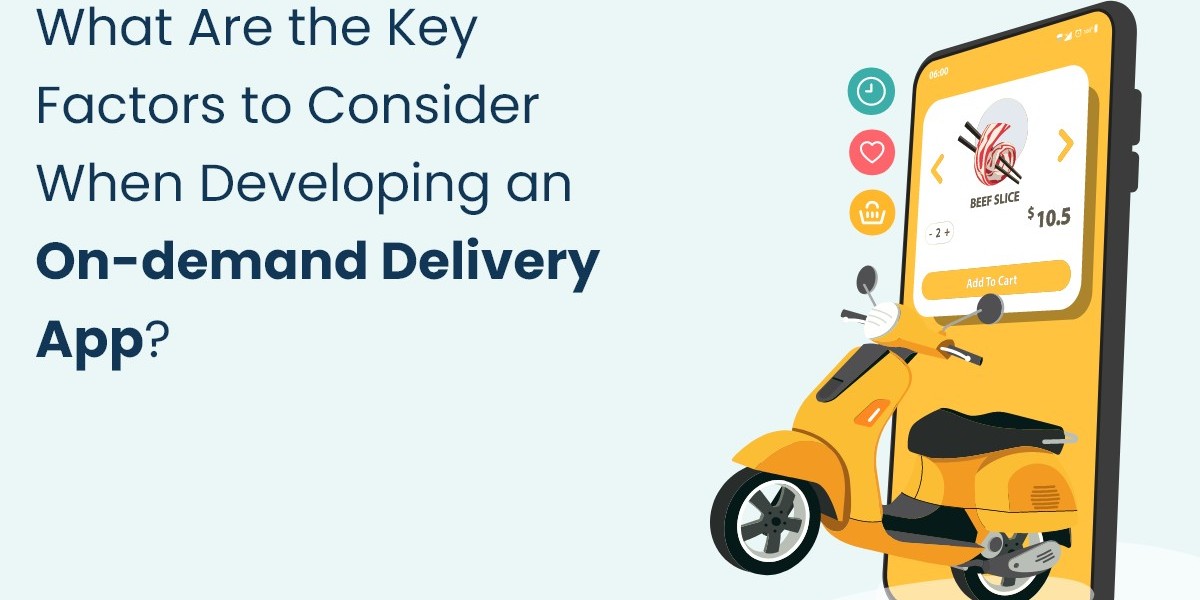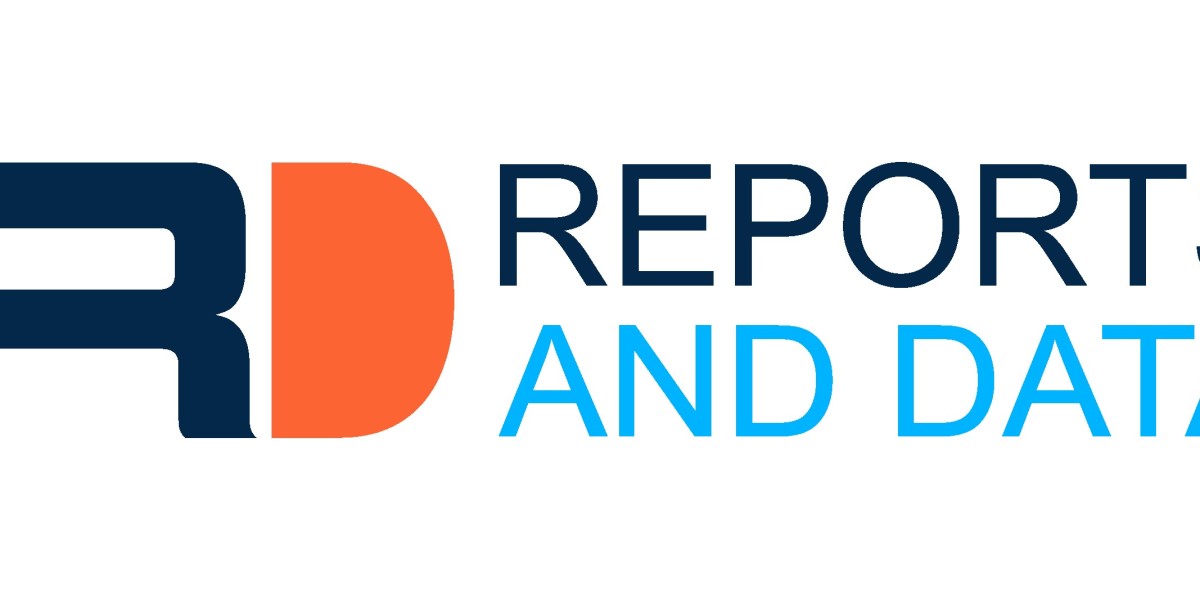In today’s fast-paced world, on-demand delivery apps have become a vital part of our daily lives. Whether it’s food, groceries, or other essential items, these apps provide the convenience of quick and efficient delivery. For businesses looking to develop an on-demand delivery app, understanding the key factors involved in the process is crucial for success. This guide outlines the essential considerations to keep in mind when developing an on-demand delivery app.
Understanding the Market and Audience
Conducting Market Research
Before diving into the development process, it’s important to conduct thorough market research. Understanding the current market trends, the competitive landscape, and potential challenges will help you create a robust business strategy. Identify the gaps in the market that your app can fill and tailor your services to meet those needs.
Identifying Your Target Audience
Defining your target audience is a critical step in developing an on-demand delivery app. Determine who your potential users are, their preferences, behaviors, and pain points. This information will guide your app design, features, and marketing strategies, ensuring that you create a product that resonates with your audience.
Planning and Strategy
Defining Your Value Proposition
Your value proposition is what sets your app apart from the competition. It could be faster delivery times, unique product offerings, superior customer service, or innovative features. Clearly define what makes your app unique and ensure that this value proposition is communicated effectively to your target audience.
Creating a Detailed Business Plan
A comprehensive business plan is essential for the success of your on-demand delivery app. This plan should include your value proposition, target market, revenue model, marketing strategies, and financial projections. A well-thought-out business plan serves as a roadmap, guiding you through the development process and beyond.
Choosing the Right Business Model
Selecting the appropriate business model is crucial for your app’s success. Common business models for on-demand delivery apps include:
- Commission-based: Charging a commission fee from vendors for each order placed through the app.
- Subscription-based: Offering subscription plans to users for unlimited deliveries within a specified period.
- Freemium: Providing basic services for free while charging for premium features.
- Advertisement-based: Generating revenue through in-app advertisements.
Choose a model that aligns with your business goals and the needs of your target audience.
App Design and User Experience
Focusing on User-Friendly Design
A seamless and intuitive user interface (UI) is vital for the success of your on-demand delivery app. The design should be user-friendly, ensuring that users can easily navigate through the app, search for products, place orders, and track deliveries. Prioritize a clean, uncluttered design that enhances usability.
Key Features to Include
User Registration and Profile Management
Allow users to register and manage their profiles easily. Provide options for social media logins and ensure the registration process is quick and straightforward.
Product Search and Filtering
Implement robust search and filtering options to help users find what they’re looking for quickly. Include filters for categories, price ranges, ratings, and other relevant criteria.
Order Placement and Payment Options
Simplify the order placement process with a clear and intuitive checkout flow. Offer multiple payment options, including credit/debit cards, digital wallets, and cash on delivery.
Real-Time Order Tracking
Provide real-time order tracking to keep users informed about the status of their deliveries. This feature enhances transparency and improves user satisfaction.
Ratings and Reviews
Allow users to rate and review products and services. This feedback is valuable for improving your offerings and building trust with your audience.
Customer Support
Include a robust customer support system, with options for chat, email, and phone support. Quick and effective customer service is crucial for retaining users.
Technology and Development
Choosing the Right Technology Stack
Selecting the appropriate technology stack is essential for building a reliable and scalable on-demand delivery app. Consider using technologies like React Native or Flutter for mobile development, and Node.js, Python, or Ruby on Rails for backend development. The chosen technology stack should support your app’s requirements and future scalability.
Partnering with a Development Team
If you lack in-house expertise, partnering with an experienced development team can be beneficial. Look for a team with a proven track record in developing on-demand delivery apps. They can provide valuable insights and ensure your app meets industry standards.
Development Phases
Minimum Viable Product (MVP)
Start with a Minimum Viable Product (MVP) that includes the core features of your app. This allows you to launch quickly, gather user feedback, and make necessary improvements before a full-scale launch.
Full-Scale Development
Based on the feedback from your MVP, proceed with full-scale development. Add advanced features, optimize performance, and ensure the app is scalable to handle increasing demand.
Testing and Quality Assurance
Rigorous testing is crucial to ensure your app is bug-free and functions smoothly. Conduct various types of testing, including unit testing, integration testing, and user acceptance testing. Address any issues promptly to deliver a high-quality product.
Launch and Marketing
Pre-Launch Marketing
Build anticipation for your app with pre-launch marketing strategies. Use social media, email marketing, and influencers to create buzz. Offer early access or discounts to attract initial users.
App Store Optimization (ASO)
Optimize your app store listings with relevant keywords, compelling descriptions, and high-quality screenshots. Positive reviews and ratings also play a crucial role in improving your app’s visibility.
Post-Launch Marketing
After the launch, continue promoting your app through various channels. Use social media ads, content marketing, and partnerships to reach a broader audience. Monitor user feedback and make continuous improvements.
Managing and Scaling Your App
Analyzing User Data
Use analytics tools to track user behavior and gather insights. Analyze data to understand user preferences, identify trends, and make data-driven decisions.
Continuous Improvement
Regularly update your app with new features, performance enhancements, and bug fixes. Listen to user feedback and make improvements to keep your app relevant and competitive.
Scaling Your Operations
As your user base grows, ensure your infrastructure can handle increased demand. Optimize your delivery processes, expand your delivery areas, and consider partnerships to enhance your capabilities.
Conclusion
Developing an on-demand delivery app requires careful planning, strategic decision-making, and a user-centric approach. By considering the key factors outlined in this guide, you can create a successful and competitive app that meets market demands and provides a seamless user experience. Our on-demand app development company offers expert insights into the key factors you need to consider for a successful app. Remember, the journey doesn’t end at the launch; continuous improvement and adaptation to evolving user needs are essential for long-term success. Embrace the challenges and opportunities, and your on-demand delivery app can thrive in the competitive market.



